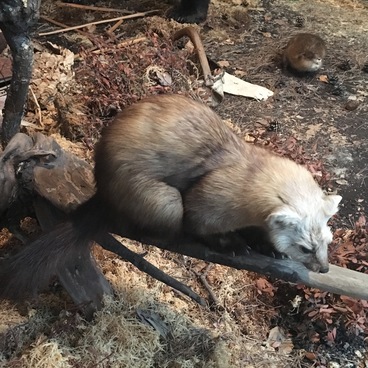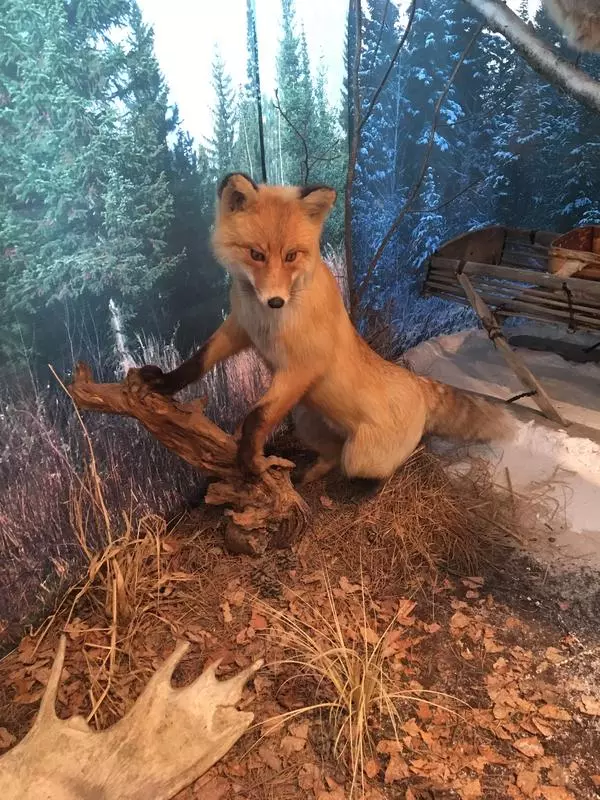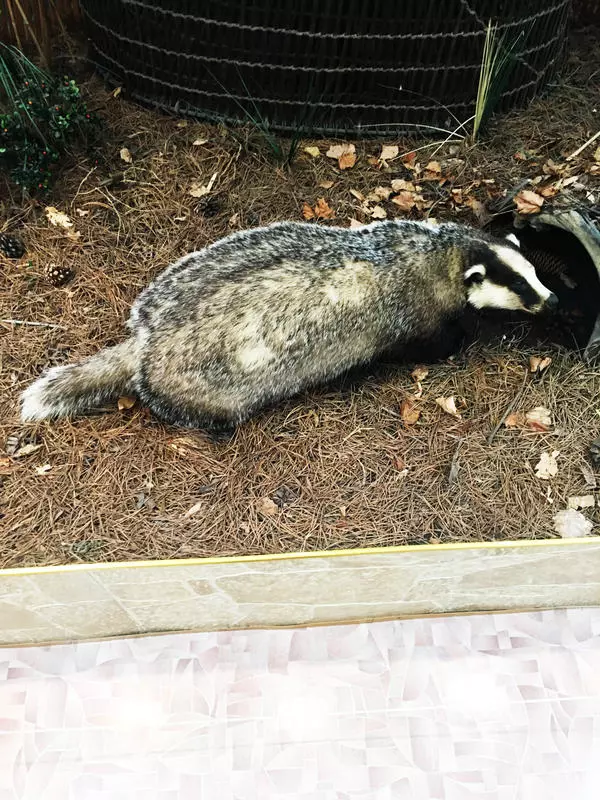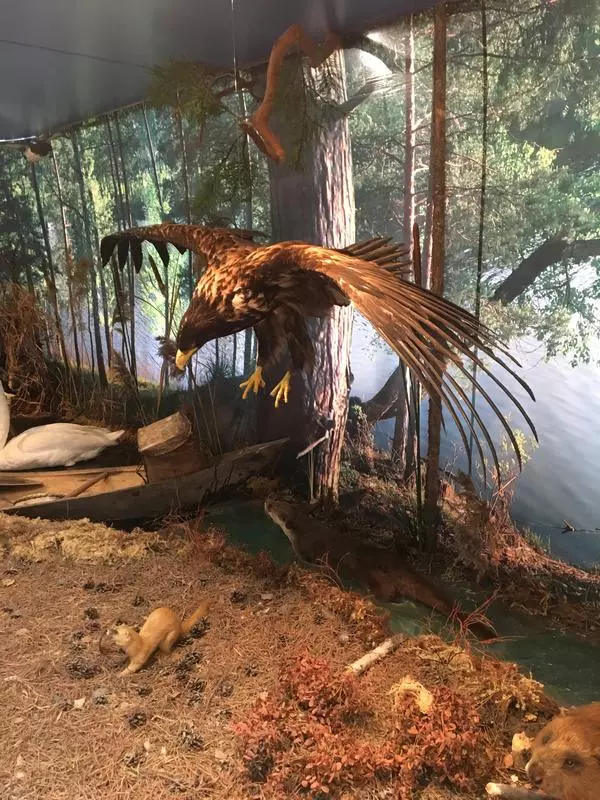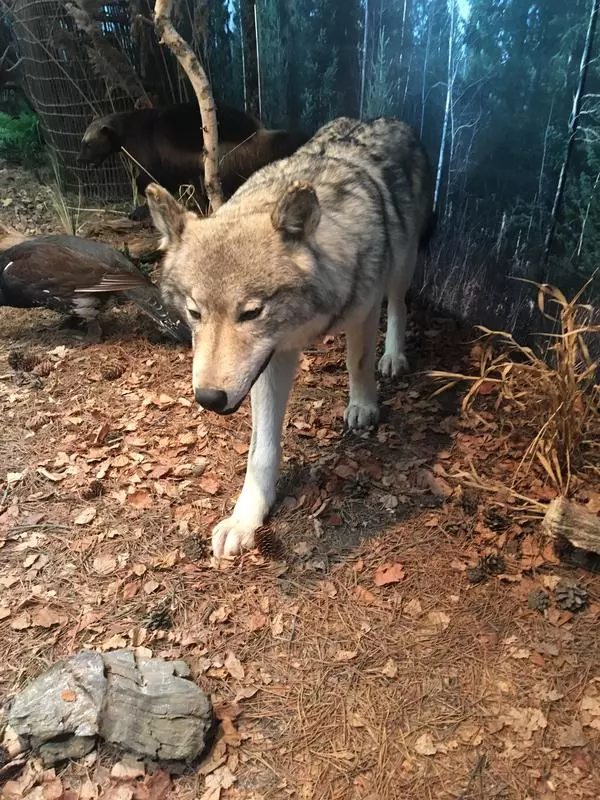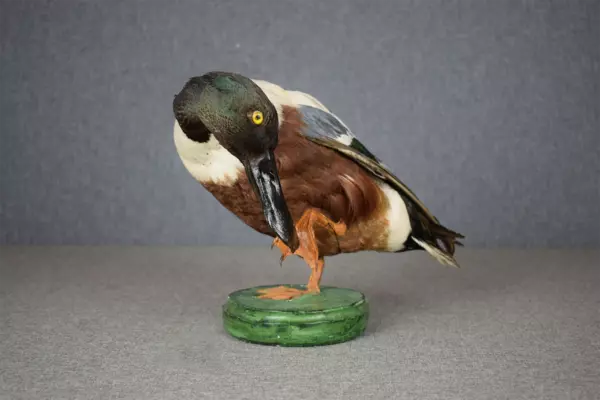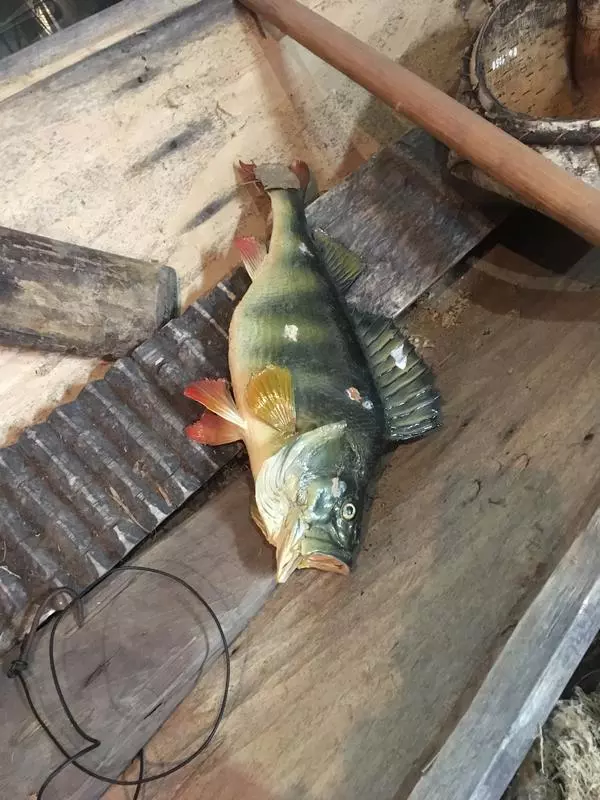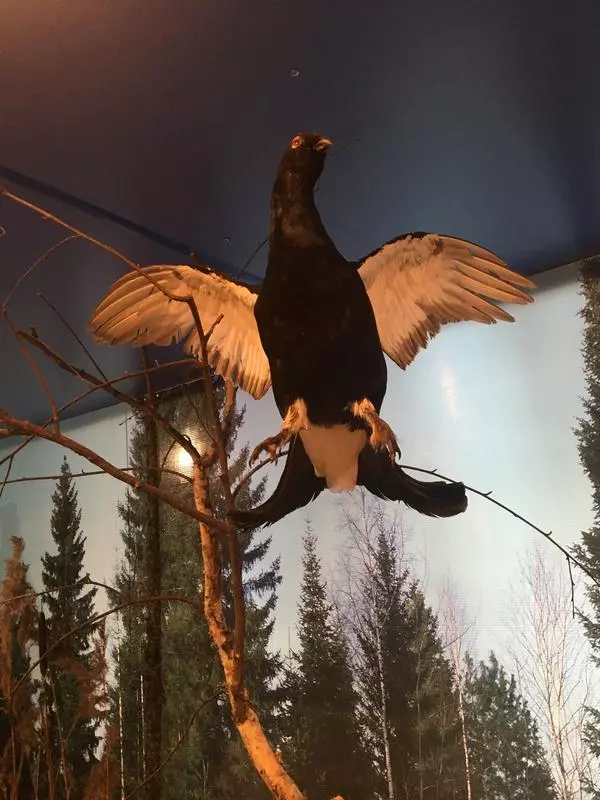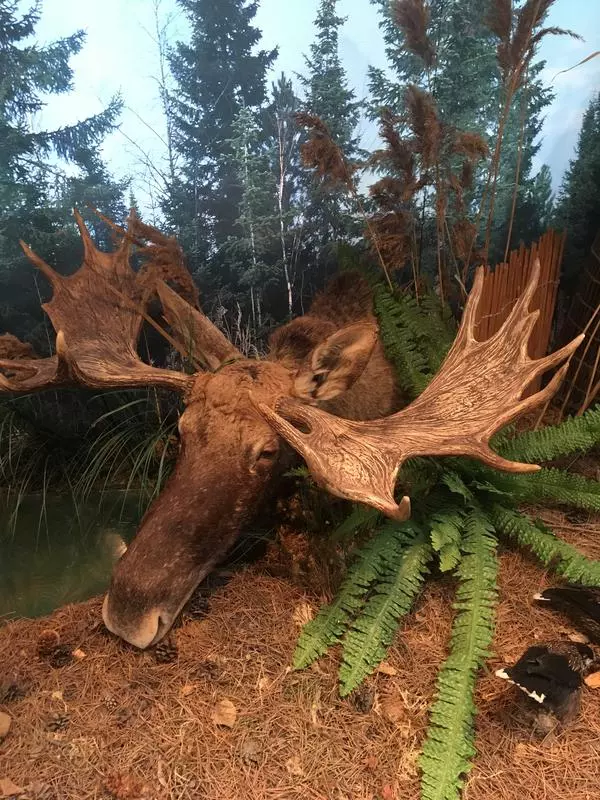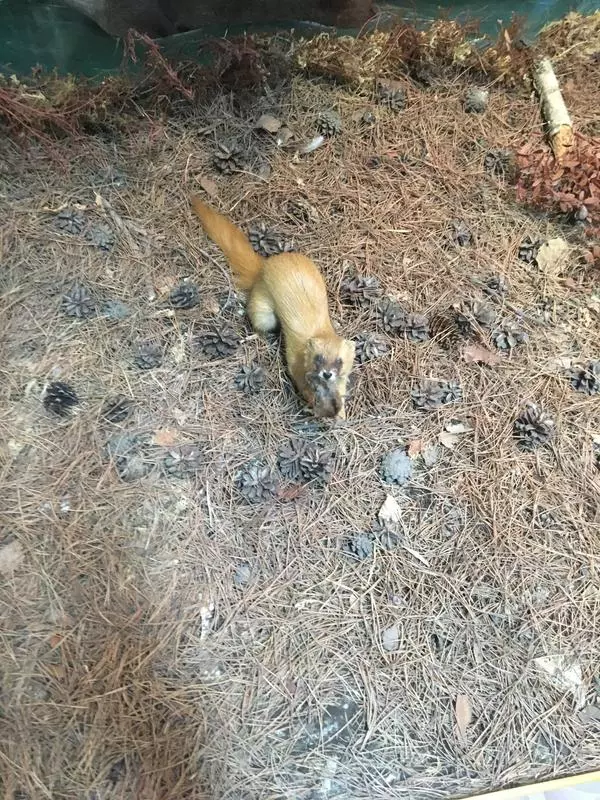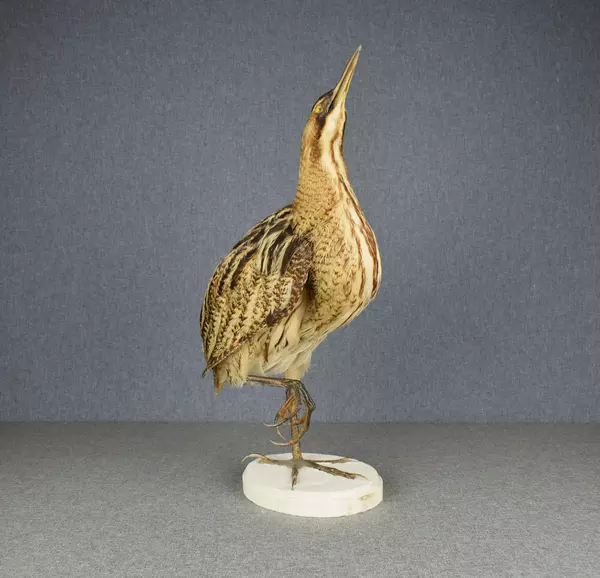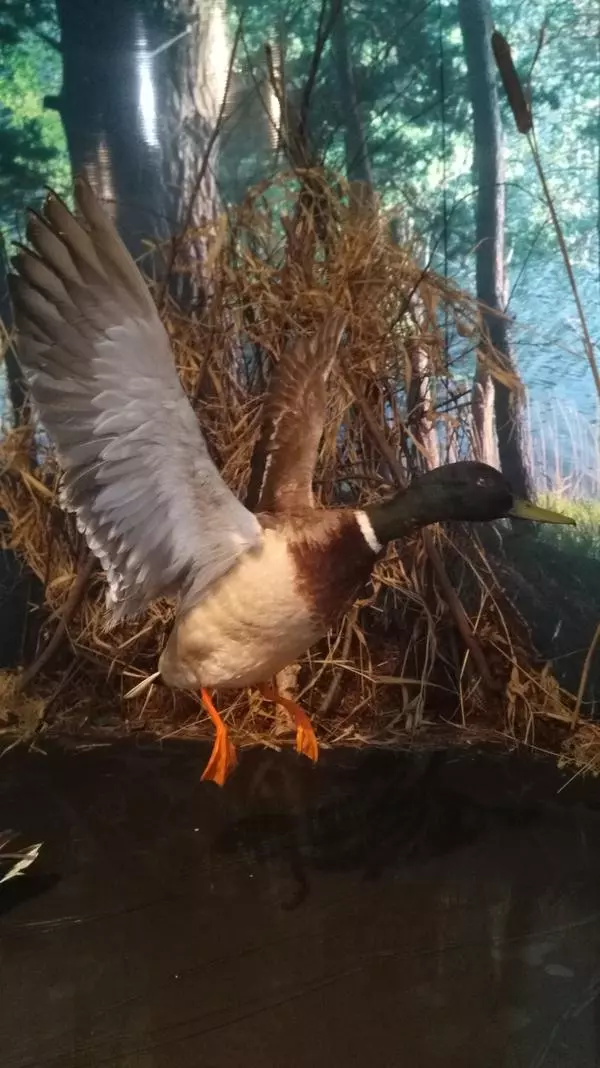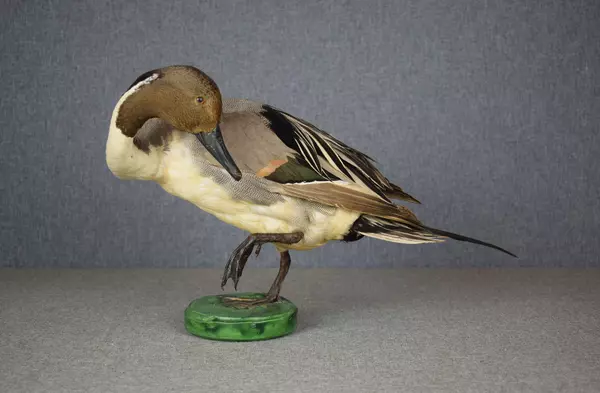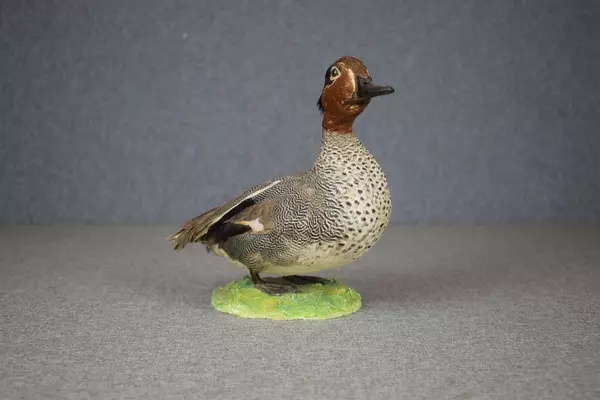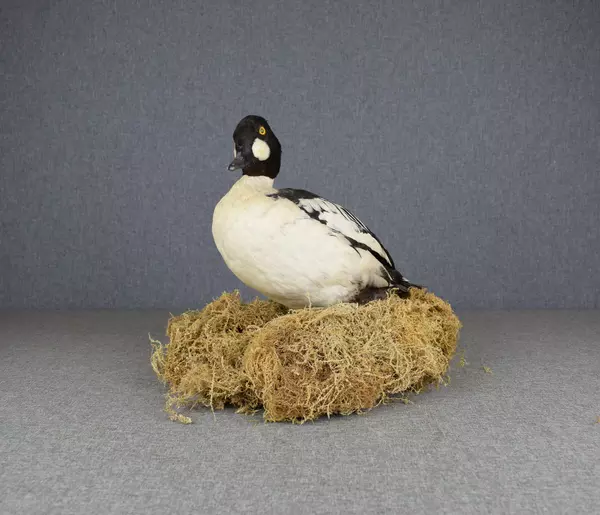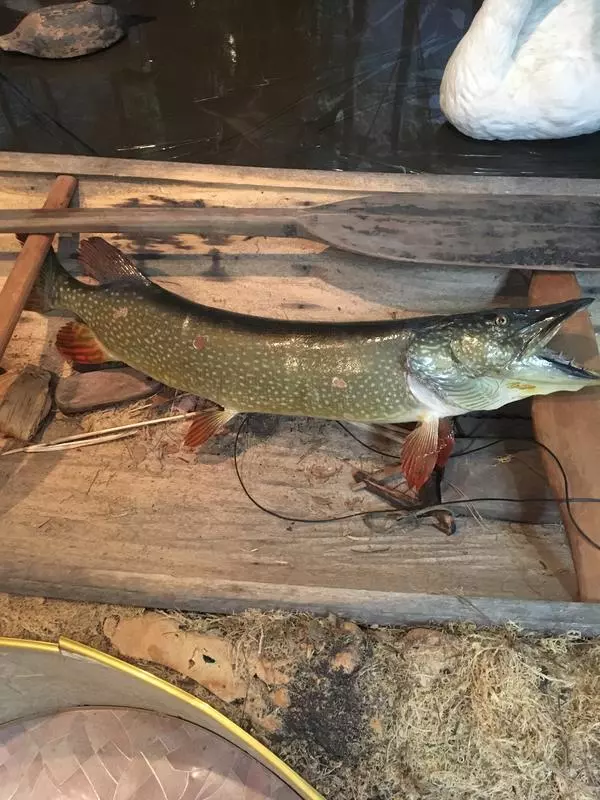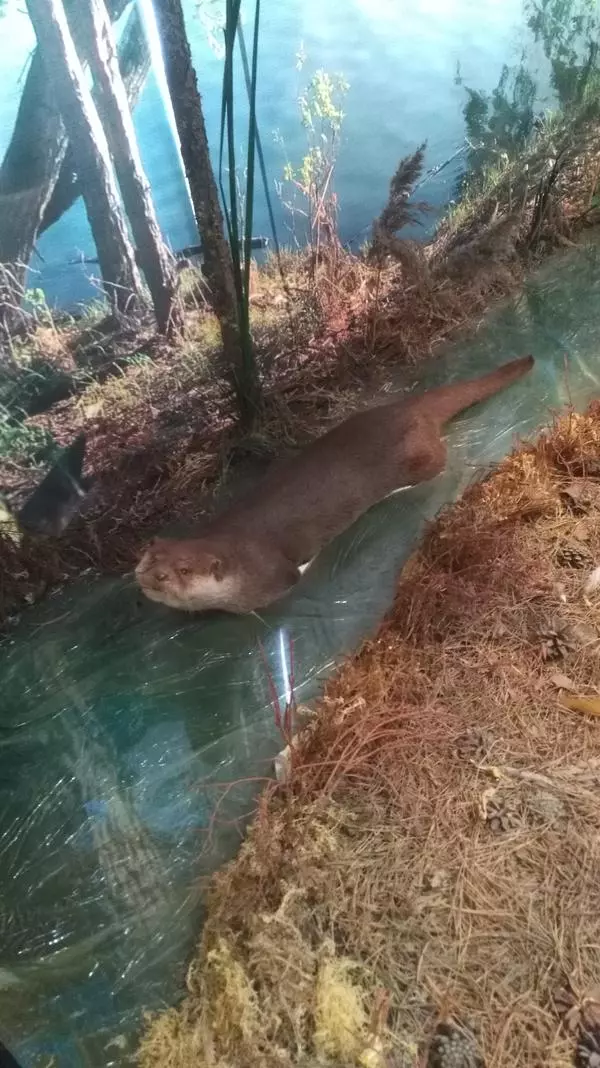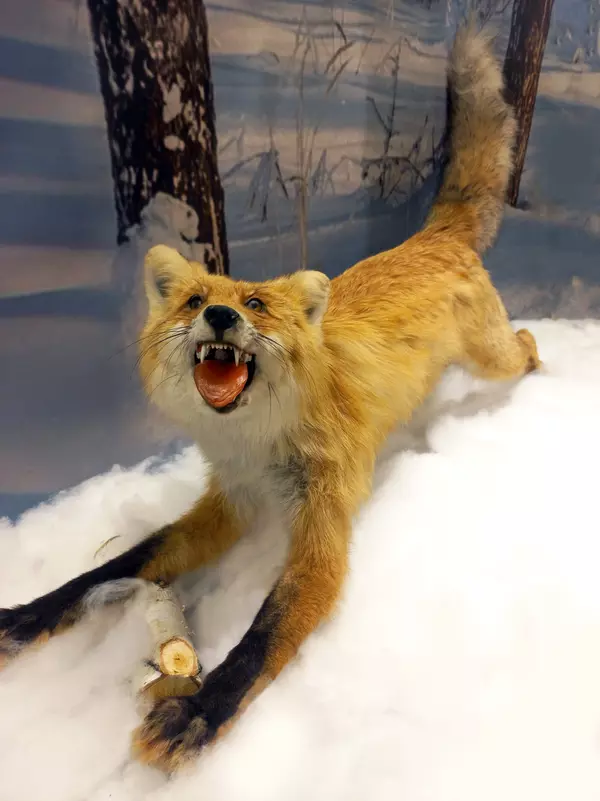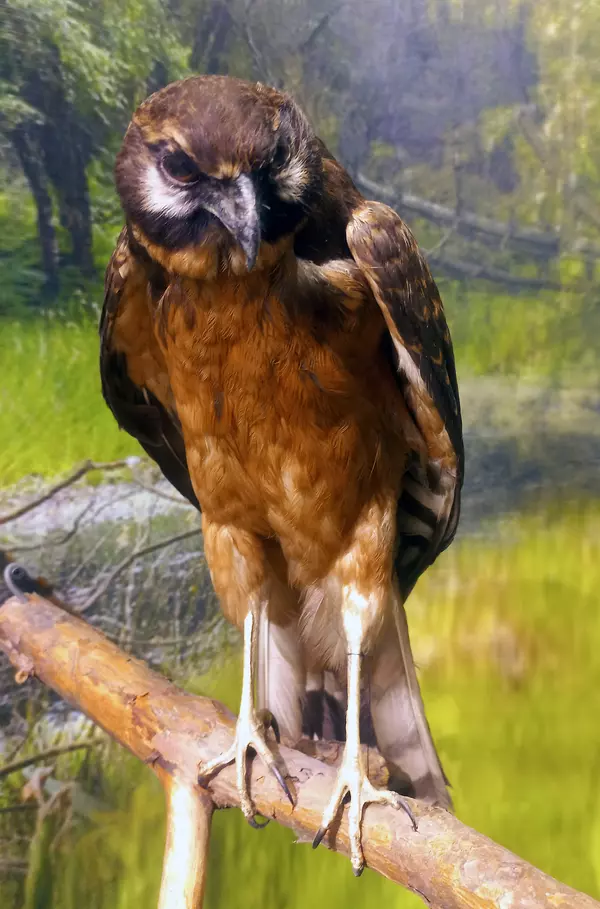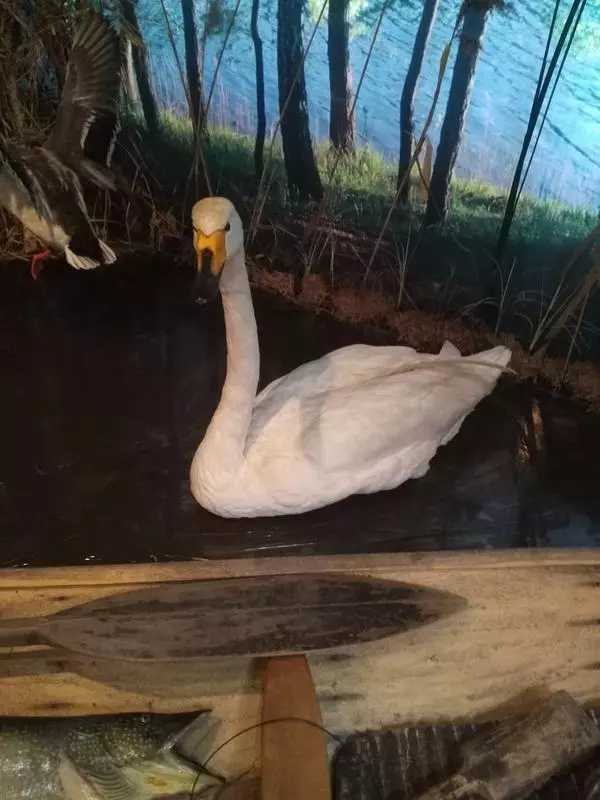The wolverine is a predatory mammal, the largest member of the Mustelids. Its Latin name is Gulo gulo. Externally, the wolverine resembles a bear or badger: it has a stocky, clumsy body. Its hind legs are longer than the front one, which makes its back arched. It has disproportionately large paws — 10 centimeters wide and 9 centimeters long, which allows the wolverine to move easily in deep, loose snow.
The wolverine spends most of its life alone, actively defending the territory from other wolverines of the same sex. It arranges a den under twisted roots, in rock crevices and other secluded places. The animal becomes active at dusk — that is when it goes hunting. Unlike the majority of the sedentary Mustelids, the wolverine constantly roams in search of prey on its hunting ground. The total area where the animal moves around can reach 2000 km².
The wolverine has sharp eyesight, hearing and instincts to help it hunt. As for food, the animal is not picky: it often eats what was left of wolves’ and bears’ prey, catches black and hazel grouses, mouse-like rodents. It is less likely to hunt large ungulates: it may attack a deer, roe deer or elk. Young calves, wounded, weakened or sick animals are more likely to become their prey.
The wolverine runs after its prey: it does not do it fast, but it is very enduring and wears its prey down. It often ruins hunters' winter camps and steals prey from traps. In summer, it eats birds' eggs, wasps' larvae, berries and honey. When at an ice hole or river during spawning, it willingly takes fish. It also hunts birds, grabbing them on the ground when they sleep or sit on nests.
The wolverine is able to kill prey that is five times bigger than itself, however, only provided that the snow cover is deep enough for large animals to stuck there. Moreover, this animal, if cornered, is able to attack man.
The wolverine is such a fearless and dangerous creature that even the bear tries to avoid it. Only the honey badger, also from the Mustelids, can compete with it.
The wolverine spends most of its life alone, actively defending the territory from other wolverines of the same sex. It arranges a den under twisted roots, in rock crevices and other secluded places. The animal becomes active at dusk — that is when it goes hunting. Unlike the majority of the sedentary Mustelids, the wolverine constantly roams in search of prey on its hunting ground. The total area where the animal moves around can reach 2000 km².
The wolverine has sharp eyesight, hearing and instincts to help it hunt. As for food, the animal is not picky: it often eats what was left of wolves’ and bears’ prey, catches black and hazel grouses, mouse-like rodents. It is less likely to hunt large ungulates: it may attack a deer, roe deer or elk. Young calves, wounded, weakened or sick animals are more likely to become their prey.
The wolverine runs after its prey: it does not do it fast, but it is very enduring and wears its prey down. It often ruins hunters' winter camps and steals prey from traps. In summer, it eats birds' eggs, wasps' larvae, berries and honey. When at an ice hole or river during spawning, it willingly takes fish. It also hunts birds, grabbing them on the ground when they sleep or sit on nests.
The wolverine is able to kill prey that is five times bigger than itself, however, only provided that the snow cover is deep enough for large animals to stuck there. Moreover, this animal, if cornered, is able to attack man.
The wolverine is such a fearless and dangerous creature that even the bear tries to avoid it. Only the honey badger, also from the Mustelids, can compete with it.

